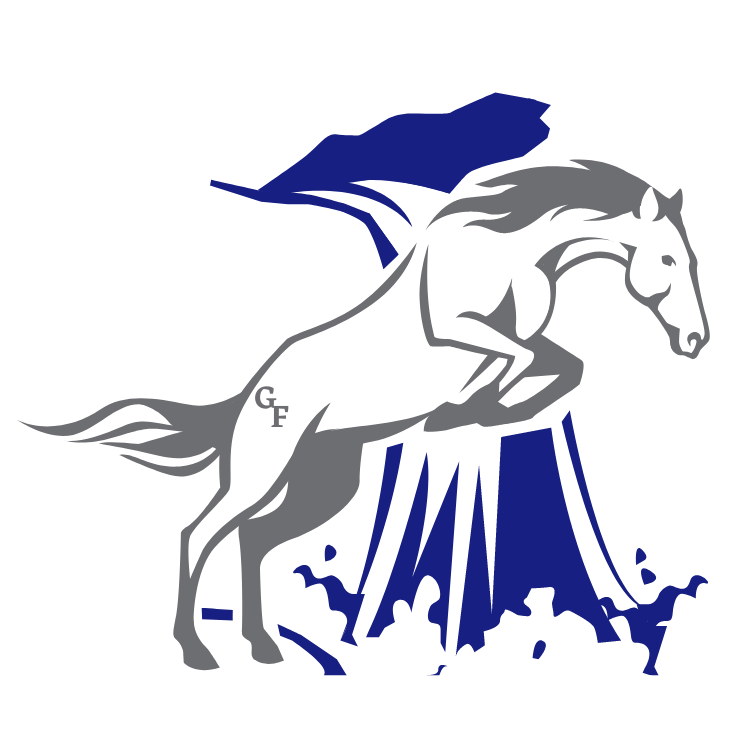Extracorporeal Shockwave Therapy
What is Extracorporeal Shockwave Therapy (ESWT)?
ESWT therapy is a noninvasive modality (extracorporeal means “outside the body”) that uses sound waves to stimulate healing in wounds, ligaments, tendons and bony structures.
Initially developed in human medicine to break up kidney stones, ESWT was then adapted to treat human pseudoarthrosis (non-unions) with the first successful case reported in 1988. Now, it is widely used in human and veterinary medicine, along with other modalities, to treat musculoskeletal problems.
How does extracorporeal shockwave therapy help my horse?
ESWT increases blood flow, increases growth of new blood vessels and increases the production of natural healing factors in the treated area which all result in improved speed and quality of tendon, ligament, bone and wound healing.
It is often used in cases of suspensory ligament injury, tendon disease, navicular syndrome, neck or back pain and injuries, bone bruising, bucked shins and many other orthopedic problems.
It also provides mild, short-term pain relief.
How does shockwave work?
The shockwave machine consists of a therapy source, or probe, attached to a generator. Together, the generator and probe, create and focus an acoustic pressure wave to target and reach peak pressure at a specific point or area within a tissue. This pressure wave then creates biochemical changes within that tissue, such as:
Increased blood flow
Osteogenic factors (bone stimulation)
Analgesic effects (pain relief)
Regulated and reduced inflammation
Chondroprotective effects
There are several different shockwave systems available. One very common system, an electrohydrolic system, uses a spark plug to create the energy necessary for the shockwave - this is very loud and often not tolerated by horses without sedation. However, our shockwave machine, uses a piezoelectric system to create the shockwave through high pressure — this system is quiet, the intensity is easy to adjust, and it typically requires no sedation.
What does a typical treatment look like?
Shockwave therapy is a safe, non-invasive, outpatient procedure — so it can be performed right in your barn. The only things required are a safe working space and access to electricity!
Our shockwave machine, the PiezoWave, is very quiet and typically very well tolerated without sedation. In addition, our machine has various settings which allows us to adjust the treatment to each horse’s needs and comfort level.
Appointments typically take about 10-15 minutes, depending on how many areas are being treated. When combined with chiropractic or acupuncture appointments will take closer to 45-60 minutes.
One treatment area typically requires about 1000 shocks and pricing is based on the total number of shocks used. A typical treatment regimen requires a total of one to four treatments at two- to four-week intervals.
Based on the individual horse, we will determine the focal area(s), the number of shocks, and the ideal treatment regimen for your horse’s needs.
What can shockwave treat in horses?
While not a cure-all, ESWT has broad applications to both control pain and treat musculoskeletal conditions and is widely used as part of a multi-modal approach to managing many of our patients.
Suspensory ligament tears, strains, & avulsion fractures
Arthritis, joint pain
Bowed tendons
Splints
Bucked Shins
Deep digital flexor tendon injuries, including those within the hoof
Navicular syndrome
Ringbone (High and Low)
Back pain, Neck pain
Muscle tears and strains
Ligament and tendon tears and strains
Improve large or chronic wound healing
In horses with chronic, non-healing injuries, ESWT elicits active inflammation, in effect jump starting the healing process and improving tissue quality.
How many shockwave treatments will my horse need?
Typically we have 1 to 3 treatments at one to three weel intervals. The number of sessions depends on many factors, including the disease or condition being treated, and the duration of the problem.
